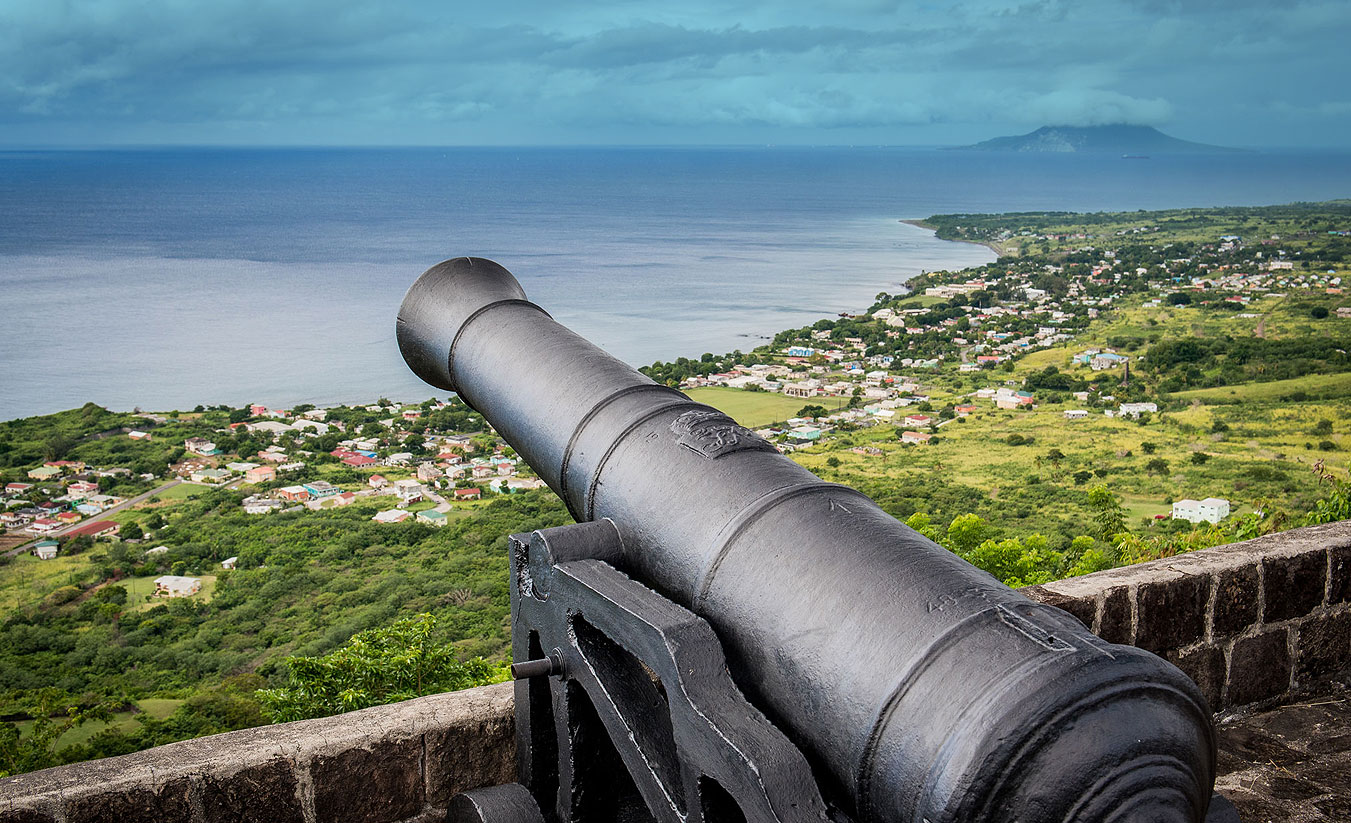
Cholera is an infectious disease of the small intestine that causes severe watery diarrhea over a few days. It , can lead to dehydration and even death if untreated. It is caused by eating food or drinking water contaminated with a bacterium called Vibrio cholerae.
In 1850, cholera made its presence felt in Barbados and St. Vincent and by 1853 it was in Nevis. St. Kitts attempted to control the flow of people from places where the disease had made its appearance.
Dr. Thomas Cooper was sent to St. Kitts from Barbados as Medical Inspector General. According to his report, the first publically announced case of a cholera fatality had been that of William Alexander Titley of New Town who had arrived on the steamer Conway from England. Cooper, who seemed to think that no such disease could come from England, was quick to point out that there had been five earlier deaths which he felt were also due to cholera. The epidemic lasted for 9 weeks with its peak period falling between the 18th Nov and the 6th Dec 1854 when over a hundred deaths were registered every day.
The death toll was as follows
St. George, Basseterre 1450
St. George, Salt Pond 33
St. Peter 315
Palmetto Point 164
Middle Island 177
Old Road 295
Sandy Point 564
St. Paul’s 116
Dieppe Bay 227
Nichola Town 214
Cayon 365
In all 3920 persons lost their lives during that period. Cooper notes that the majority of deaths occurred at the Cholera Hospital which was located in Basseterre. He also noted that after the first 10 days of the disease being at Salt Pond, the people who lived in the area left the area for Basseterre because they could not get medical attention in that isolated area.
Commenting on the course of the disease, Cooper noted the efforts of the clergy to assist persons in their congregation. He also noted the reluctance of many submit to medical attendance preferring “to quck themselves with herbs and barks.”
The Board of Health had been asked to recommend a treatment that could be made available free of charge especially for persons who could not get to a medical practitioner immediately. They circulated a handbill which recommended “a pill containing calomel, capsicum and one grain of opium, together with a mixture of laudanum, spirits of camphor, sulpheric ether and compound spirits of ammonia in equal parts.” Although it soon became clear that the concoction made matters worse, the handbill was not recalled. To make matters worse a quack called Secchi arrived in St. Kitts with what he called Cholera Elixir. Cooper had to take action against both “remedies”
Basseterre in particular was not prepared for the devastation that the disease brought with it. The Cunningham Hospital was fairly new but it would not have been able to cope with the numbers of patients. A separate hospital was set up at Springfield and burials took place at the Crawl – the piece of land below the Cunningham, the southern most part of Greenland estates – which acquired the name Cholera Ground. Prisoners were employed to dig the trenches to receive the dead.
Dr. Cooper’s report made note of the lack of protein in the diet of the general population on St. Kitts, the need for a good supply of water, the crowded living conditions in the town and the poor material used for the construction of houses, the insufficiency of the medical service, The epidemic highlighted the urgency for dealing with the water situation in Basseterre, the allotment of land for a proper cemetery, and the need for keeping records relating to population increase/decrease.
While Dr. Cooper was speculating as to what could have caused the out break in St. Kitts, Dr. John Snow after rigorous observations in London came to the conclusion that cholera was spread via contaminated water.




